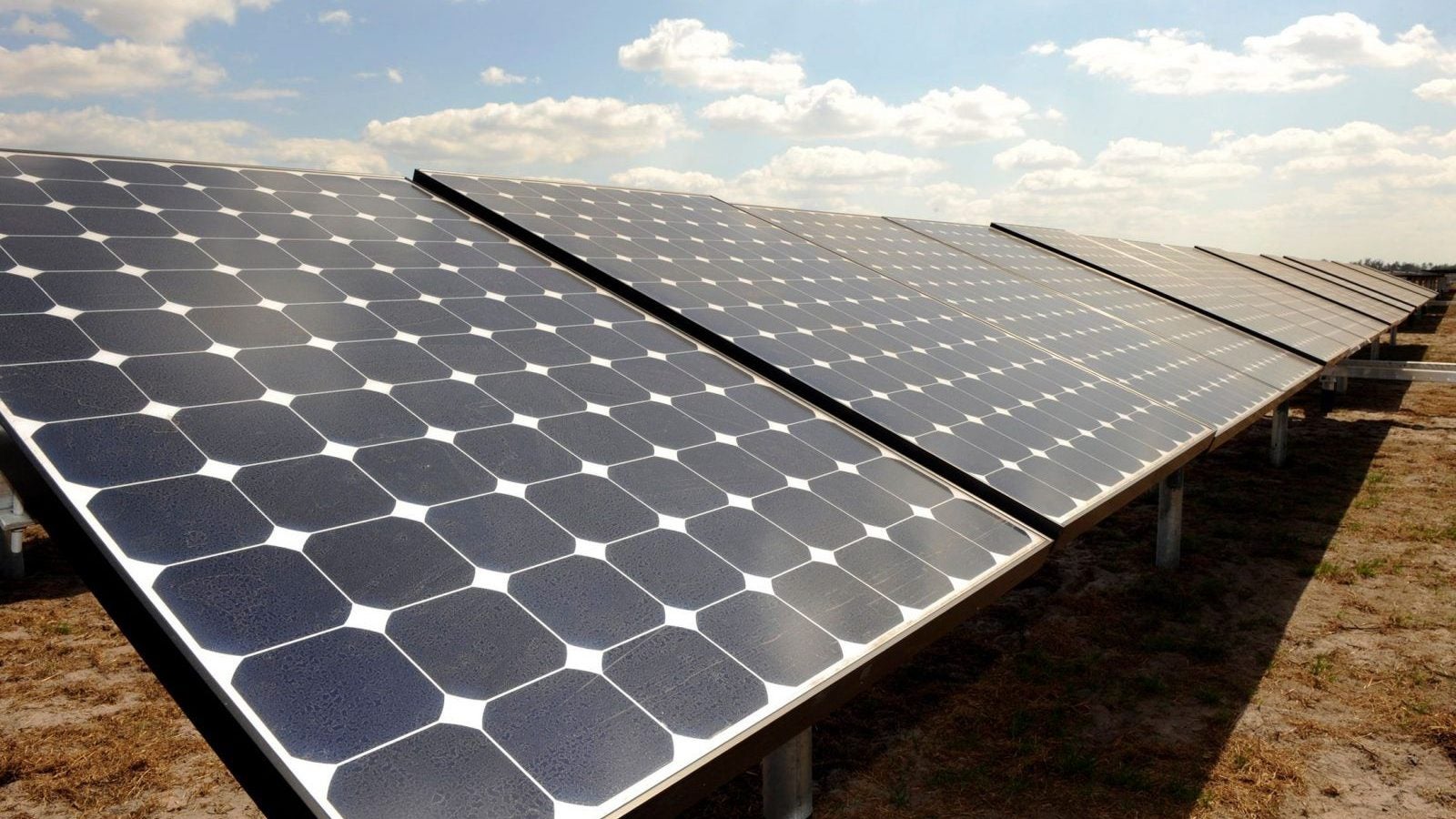Why a 100-year-old Indian company is investing billions into renewable energy
Tata Power, one of India’s largest thermal power companies, is making a $5 billion (around Rs33,263 crore) bet on the country’s renewable energy sector.


Tata Power, one of India’s largest thermal power companies, is making a $5 billion (around Rs33,263 crore) bet on the country’s renewable energy sector.
Over the next decade, the 103-year old company plans to quadruple its clean energy capacity, taking it from around 3,417 megawatts (MW) now to around 12,000 MW. The company currently has a total installed capacity of 10,757 MW, of which roughly 30% comes from renewable sources.
“The bulk of the increase will come from solar. It will be utility level large projects as well as residential and commercial rooftops,” Praveer Sinha, CEO of Tata Power, told Bloomberg.
The company, founded by Jamsetji Tata in 1915, is one of India’s largest private power producers. It was initially established as the Tata Hydroelectric Power Supply Company with a focus on hydropower. However, most of its large investments since then have been in thermal power.
The company started investing in solar power in 2011, and over the last few years, the Tata group has beefed up its renewable energy portfolio. The conglomerate’s thrust towards renewable energy has come at a time when the clean energy sector in India is booming, and the country’s coal-based power plants are under pressure.
Only one way to go
Tata Power’s growth in the clean energy space has largely been based on acquisitions so far. In September 2016, the company acquired Welspun Renewables Energy, then one of India’s largest clean energy companies, for $1.4 billion. With around 1,140 MW of Welspun’s capacity in the bag, Tata Power’s renewable portfolio nearly doubled overnight following the acquisition. In the financial year 2017, the company added 159 MW of renewable energy capacity, and 294 MW in the following year.
Analysts believe that given the issues coal-based power plants in the country are facing, only renewables will allow the company to expand its portfolio. “Not much thermal capacity is there in the pipeline, and they have already burnt cash in their thermal project,” said Rupesh Sankhe, senior analyst at brokerage firm Reliance Securities.
Tata Power’s Rs48,000 crore debt—which it has been trying to cut down by selling non-core assets—may be a challenge to fresh investments in thermal assets, so the pivot towards renewable energy makes sense. ”Now their entire strategy is to bring down corporate debt level… Renewable is the only option for them,” Sankhe added.
So far, the bet seems to be working well. For the financial year 2018, the renewables business helped push up the company’s consolidated profit after tax (pdf), which rose 144% to Rs2,679 crore ($402 million).
Also, Tata Power is planning to scale up its investments by another $5 billion at a time when other leading renewable energy companies, too, such as ReNew Power, are readying large investments through IPOs.
However, the renewable energy sector isn’t entirely risk-free. Both wind and solar power sectors have been seeing rock-bottom tariffs over the last year, leaving investors concerned about the long-term viability of the projects. In addition, there are fears over the government’s imposition of heavy import duties on solar panels, which might cripple the industry.
There is growing competition, too. Other large conglomerates such as the Adani Group, JSW Energy, and state-owned NTPC have also been pushing for renewables, keeping in line with the country’s ambition of having 175,000 MW of renewable energy capacity by 2022.